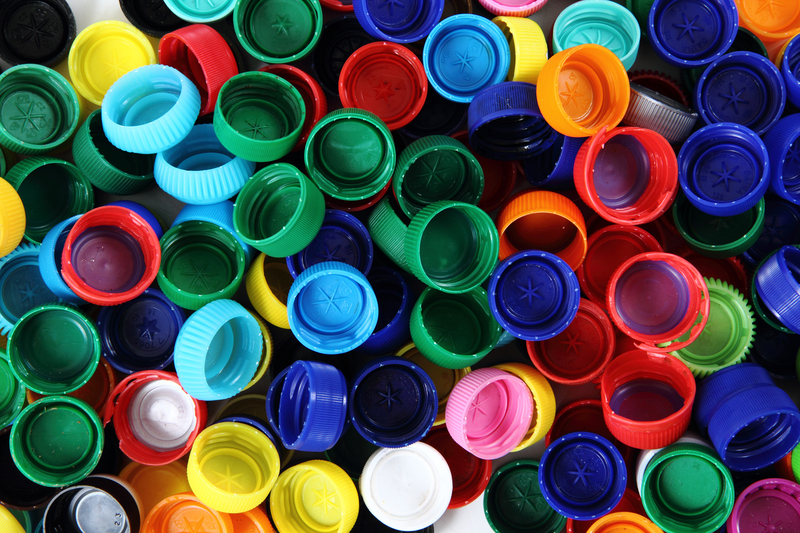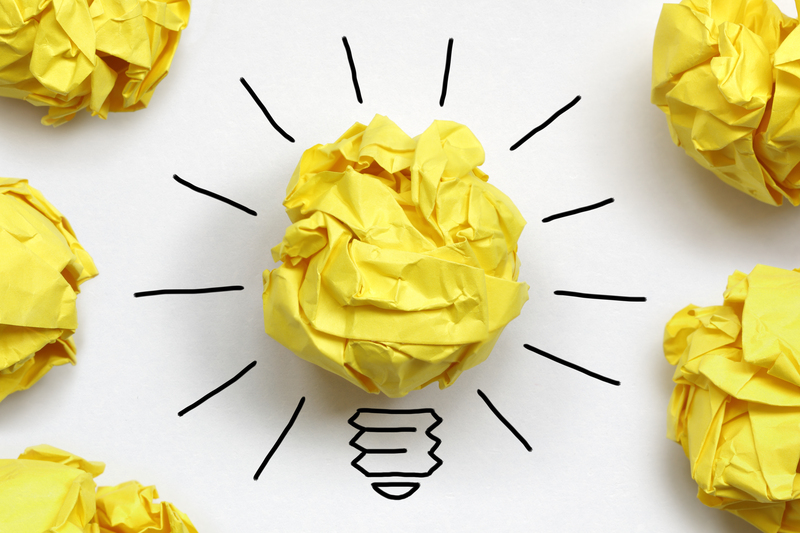Tackling Microplastic Pollution: Steps We Can Take
In recent years, microplastics have emerged as a significant environmental concern. These tiny plastic particles, often less than 5 millimeters in size, infiltrate every corner of the planet--from the deepest ocean trenches to the peaks of the highest mountains. The pervasive nature of microplastic pollution has sparked global awareness, driving researchers, governments, and individuals to seek effective solutions. In this article, we will explore the origins of microplastics, their impact on the environment, and comprehensive strategies for addressing this pressing issue.
Understanding Microplastic Pollution
Microplastics are primarily classified into two categories: primary microplastics and secondary microplastics. Primary microplastics are manufactured to be microscopic and are often used in products like cosmetics, while secondary microplastics result from the degradation of larger plastic debris.
Sources of Microplastics
- Consumer Products: Items such as toothpaste, exfoliating scrubs, and facial cleansers often contain microbeads.
- Clothing: Synthetic fibers from garments contribute to microplastic pollution when washed.
- Industrial Processes: Activities such as plastic manufacturing and recycling operations can release microplastics.
- Fragmentation: Larger plastics break down through environmental exposure to form microplastics.
The widespread presence of these particles poses a risk to marine life, ecosystems, and even human health as they find their way into food chains and water supplies.

Environmental Impact
Microplastic pollution affects ecosystems in several ways:
- Marine Life: Fish, seabirds, and other marine organisms ingest microplastics, which can lead to physical harm or introduce toxic substances into their bodies.
- Ecosystem Health: As microplastics accumulate in environments, they alter habitats and disrupt natural processes such as nutrient cycling.
- Human Impacts: The contamination of seafood and drinking water with microplastics presents potential health risks to humans.

Steps We Can Take to Combat Microplastic Pollution
Individual Actions
Tackling the challenge of microplastic pollution begins with individual efforts. Here are steps you can take:
- Choose Natural Products: Opt for products that use natural exfoliants instead of microbeads.
- Reduce Plastic Use: Avoid single-use plastics and invest in reusable items like water bottles and shopping bags.
- Proper Disposal: Follow proper waste disposal methods to prevent plastic littering.
- Wash Wisely: Use a laundry ball or bag to capture synthetic fibers during washing.
Community and Policy Measures
Efforts at the community and policy levels are critical for large-scale impact:
Community Initiatives
- Clean-up Events: Organize or participate in local clean-up events to remove plastic waste from natural environments.
- Awareness Campaigns: Educate community members about the dangers of microplastics and ways to mitigate them.
Policy and Legislation
- Regulation of Microplastics: Advocate for bans or limits on microbeads and other microplastics in consumer products.
- Support Recycling Initiatives: Encourage policies that promote efficient recycling systems to minimize plastic waste.
Innovative Solutions and Technologies
Innovations in technology offer promising pathways for reducing and managing microplastic pollution:
- Biodegradable Plastics: Develop and use plastics that naturally break down without leaving harmful microplastics.
- Advanced Water Filtration: Implement filtration systems in wastewater treatment plants to capture microplastics before they enter waterways.
- Nanotechnology: Utilize nanoparticles to break down microplastics in water sources more efficiently.
Conclusion
The issue of microplastic pollution is not insurmountable. By understanding its sources and impacts, individuals can make informed choices that contribute to solutions. Governments and communities must also play their part by enacting policies and organizing initiatives that amplify these efforts. Through a collective approach, we can mitigate the impact of microplastics and foster a healthier, cleaner environment for future generations.